Did you know that on average, a cat spends 30% of its waking hours grooming itself?
Cats engaging in licking behavior is a common occurrence among many cat owners, but the reasons behind it are often a mystery. Understanding why cats engage in licking can help deepen the bond between cat and owner and shed light on the complex world of feline communication and affection.
Why Does My Cat Lick Me? Key Takeaways:
- Cats spend a significant amount of time grooming themselves, with licking being a key aspect of this behavior.
- Understanding why cats lick can enhance the bond between cats and their owners.
- Decoding feline body language and considering scent and taste preferences provides insights into the motivations behind licking behavior.
- Changes in licking behavior can indicate health issues or anxiety in cats.
- Providing a well-balanced diet and creating a calming environment can support a cat’s grooming habits and overall well-being.
The Role of Grooming in Cat Behavior
Cats are known for their grooming habits, and licking is a fundamental part of this behavior. Licking not only helps cats keep their fur clean and healthy, but also serves as a form of communication.
When cats groom themselves or other cats, they are engaging in a social bonding ritual. Through grooming, cats establish trust and reinforce relationships within their social group. Grooming also helps cats to align their scents, creating a sense of unity and belonging among them.
But grooming is not limited to cats grooming other cats or themselves. Cats often extend their grooming behavior to their human companions as well. This behavior is a sign of affection and familiarity, as cats recognize humans as part of their social group and engage in mutual grooming as a way to strengthen their bond.
It’s important for cat owners to understand the significance of grooming behavior in order to enhance their relationship with their feline friends. By observing and responding to their cat’s grooming cues, owners can foster a deeper sense of trust and companionship.
The Significance of Licking in Cat Communication
Grooming, particularly licking, serves as a means of communication for cats. Cats use their tongues to distribute their scent, leaving behind pheromones that convey messages to others. For example, a cat might lick a specific object or individual to mark it as part of their territory.
Beyond marking territory, licking also signals submission and trust. When a cat licks another cat or a human, it is a sign that they feel comfortable and safe in their presence.Licking is a form of nonverbal communication through which cats express their affection, trust, and social bonding.
Understanding cat communication is crucial for cat owners to decipher their pets’ needs and emotions. By paying attention to their cat’s licking behavior and other forms of nonverbal communication, owners can better connect with their feline companions and provide them with the care and attention they need.
| Grooming Behavior | Meaning |
|---|---|
| Licking itself | Self-grooming for hygiene purposes |
| Grooming another cat | Establishing social bonds |
| Licking their owner | Expressions of trust and love |
| Licking specific objects | Marking territory |
By exploring the role of grooming in cat behavior and understanding the significance of licking as a form of communication, cat owners can deepen their connection with their cats and provide them with the love and care they deserve.
The Physical Benefits of Licking
When cats groom themselves through licking, they perform a crucial task that goes beyond mere cleanliness. This behavior plays a vital role in maintaining a healthy and glossy coat, promoting their overall well-being. Let’s explore some of the physical benefits of feline grooming habits and the reasons behind cat licking.
Removal of Dirt and Debris
One of the primary reasons cats engage in licking is to remove dirt, debris, and loose hair from their fur. Through their rough tongues, cats can effectively clean themselves, ensuring a clean and hygienic coat. Licking helps remove parasites and irritants that may compromise their skin health.
Stimulation of Natural Oils
Cat saliva contains natural oils that, when spread over their fur during the grooming process, help moisturize and condition their coat. Licking not only distributes these oils evenly but also stimulates the production of more natural oils, resulting in a healthy and shiny appearance.
Enhancement of Blood Circulation
As cats lick themselves, their tongues massage their skin, stimulating blood flow to the hair follicles. Improved circulation promotes the delivery of essential nutrients and oxygen to the hair roots, encouraging healthy hair growth and contributing to a vibrant and lush coat.
Overall, feline grooming habits, including licking, serve as a comprehensive maintenance routine for cats. It ensures their fur remains clean, healthy, and aesthetically pleasing, while also providing various physiological benefits. Understanding the physical advantages of licking helps cat owners appreciate the importance of this behavior and support their furry friends‘ grooming needs.
| Physical Benefits of Licking | Description |
|---|---|
| Removal of Dirt and Debris | Eliminates dirt, debris, and loose hair from the fur |
| Stimulation of Natural Oils | Distributes natural oils and promotes oil production for a healthy coat |
| Enhancement of Blood Circulation | Improves blood flow to hair follicles for better hair growth |
Observing and appreciating the physical benefits of licking can help cat owners understand their furry companions better and ensure their grooming needs are met.
Licking as a Form of Social Bonding
When cats extend their grooming behavior to their human companions, it goes beyond mere cleanliness. Licking is a way for cats to express trust, love, and social bonding. By delving into the nuances of feline body language, we can decipher the meaning behind their licks and the unique ways in which they communicate their affection.
Decoding Cat Body Language
Cats communicate through a combination of vocalization, body movements, and behaviors, including licking. Understanding feline body language can provide valuable insights into the intention behind their actions. Here are some key body language cues to look out for when deciphering the meaning behind your cat’s licks:
- Tail position: A gently swaying or relaxed tail indicates a content and affectionate cat.
- Eye contact: Direct eye contact coupled with slow blinks is a sign of trust and affection.
- Ear position: Relaxed ears pointed slightly forward indicate a calm and engaged cat.
- Purring: The soothing sound of purring often accompanies affectionate behavior.
Cats may use licking as a way to reinforce their social bond with their human companions. It is their way of showing that they trust you and consider you part of their family.
Interpreting Cat Licks
Cat licks can have various meanings depending on the context and the individual cat’s behavior. Here are some common interpretations:
- Grooming: When a cat licks you, they may be trying to groom you, just as they groom themselves and other feline companions. This behavior is a sign of acceptance, as cats groom those they consider part of their social group.
- Affection: Licking can also be a demonstration of love and affection. By licking you, your cat is expressing their bond and fondness for you.
- Comfort: Cats may lick their owners as a way to seek comfort and security. This behavior mimics the nurturing they received from their mother during kittenhood and helps them feel safe and loved.
It’s important to note that while licking is generally a positive and affectionate behavior, excessive licking or changes in licking behavior could be a sign of stress, anxiety, or an underlying medical condition. If you notice any concerning changes in your cat’s grooming habits, it’s best to consult with a veterinarian for further evaluation.
| Common interpretations of cat licks | Meaning |
|---|---|
| Grooming | Acceptance and inclusion in the social group |
| Affection | Expression of love and bond |
| Comfort | Seeking security and reassurance |
The Significance of Scent in Licking Behavior
When it comes to cat licking behavior, there is more than meets the eye. Cats have scent glands on their tongues and faces, and when they lick, they transfer their pheromones. This act of transferring scent serves multiple purposes for cats, including marking their territory and strengthening the bond with their human companions.
The transfer of pheromones through licking helps cats establish their presence in their surroundings. By leaving their scent on objects and people, cats are essentially marking their territory and communicating to other animals that this space belongs to them. This territorial marking is an instinctual behavior deeply ingrained in feline nature.
Not only is licking a way for cats to mark their territory, but it also plays a crucial role in strengthening the bond between cats and their human companions. When a cat licks their owner, they are not only depositing scent but also engaging in a form of social grooming. This grooming behavior mimics the care and attention that cats provide to each other in a social group, demonstrating trust and affection.
Understanding the role of scent in licking behavior provides valuable insights into the depth of the feline-human connection. It highlights the importance of scent as a means of communication for cats and emphasizes the unique bond that develops through these grooming rituals.
The Importance of Diet for Skin Health
When it comes to feline grooming habits and cat licking body language, the role of diet should not be underestimated. A cat’s skin health is directly influenced by the nutrients they consume, which in turn affects their grooming habits and overall well-being.
Certain key nutrients, such as fatty acids and vitamins, play a vital role in maintaining a lustrous coat and supple skin. Fatty acids, including omega-3 and omega-6, contribute to skin hydration and help reduce inflammation, preventing dryness, flakiness, and itchiness.
Vitamins, such as vitamin A, vitamin E, and biotin, are essential for promoting healthy skin and a glossy coat. Vitamin A regulates the production of sebum, an oily substance that moisturizes the skin and prevents it from becoming dry and irritated. Vitamin E acts as an antioxidant, protecting the skin from damage caused by free radicals. Biotin supports the growth and strength of hair and nails.
By providing a well-balanced diet that includes these essential nutrients, cat owners can support their feline friend’s overall well-being and enhance their grooming experience. A healthy diet not only provides the necessary building blocks for healthy skin and fur but also supports the immune system, ensuring optimal wellness.
The Impact of Diet on Grooming
When a cat’s diet lacks essential nutrients or is imbalanced, it can lead to various skin issues, affecting their grooming habits. Cats may experience dry skin, excessive shedding, and an increased susceptibility to skin infections.
A poor diet can also result in a lackluster coat, as the fur may become dull, coarse, or brittle. Cats may be more prone to matting and tangling, making grooming a challenging and uncomfortable experience for them.
Additionally, an inadequate diet can weaken the immune system, making cats more susceptible to allergies and skin irritations. These conditions can cause itching or discomfort, leading to excessive licking or scratching as a form of self-soothing and relief.
A Balanced Diet for Healthy Skin
Providing a well-balanced and nutritionally complete diet is crucial to ensure optimal skin health and grooming habits in cats. High-quality commercial cat food that is formulated to meet feline nutritional requirements is an excellent choice.
A balanced diet should consist of a combination of high-quality proteins, healthy fats, and essential vitamins and minerals. Protein-rich foods, such as meat or fish, provide the necessary amino acids for hair growth and overall skin health. Healthy fats from sources like fish oil or flaxseed oil provide essential fatty acids that support skin hydration and reduce inflammation.
Cat owners should consult with their veterinarian to determine the specific dietary needs of their feline companion. Factors such as age, breed, and any existing health conditions should be taken into consideration when selecting the most appropriate diet.
Identifying Changes in Licking Behavior
While cats naturally engage in licking as part of their grooming habits, it is important for cat owners to be vigilant and observe any changes in their feline friend’s licking behavior. These changes can sometimes indicate underlying health issues that require attention and intervention.
Signs of Potential Health Concerns
Monitoring your cat’s licking behavior can help you identify potential health concerns. Here are some signs to watch out for:
- Lethargy: If your cat shows a sudden lack of energy or appears unusually tired, it could be a sign of an underlying health problem.
- Changes in appetite: A significant decrease or increase in your cat’s appetite can be indicative of health issues. If your cat’s licking behavior changes concurrently with changes in appetite, it may be worth investigating further.
- Excessive licking: Cats groom themselves regularly, but an increase in licking that becomes excessive or compulsive may indicate certain medical conditions, such as allergies or skin irritations.
- Neglecting personal hygiene: Cats are generally very clean animals, so if you notice your cat neglecting their grooming routine or avoiding areas they would typically clean, it could be a sign of discomfort or pain.
By paying close attention to these changes in your cat’s licking behavior, you can promptly detect any potential health concerns and seek appropriate veterinary care. Remember, early intervention is key to ensuring your cat’s well-being.
Understanding Cat Communication
Cats communicate in various ways, and one of them is through grooming behavior. Changes in licking behavior can also be a form of communication, as cats may try to convey discomfort or seek assistance.
When you observe any changes in your cat’s licking habits, it’s important to evaluate the overall context and consider other potential factors. For example, if your cat is experiencing stress or anxiety, they may engage in excessive licking as a self-soothing mechanism.
Remember, every cat is unique, and understanding your individual cat’s communication cues can help you decipher the underlying messages behind their behavior. By building a strong bond with your furry friend, you can better support their well-being and address any concerns in a timely manner.
Licking as an Attention-Seeking Behavior
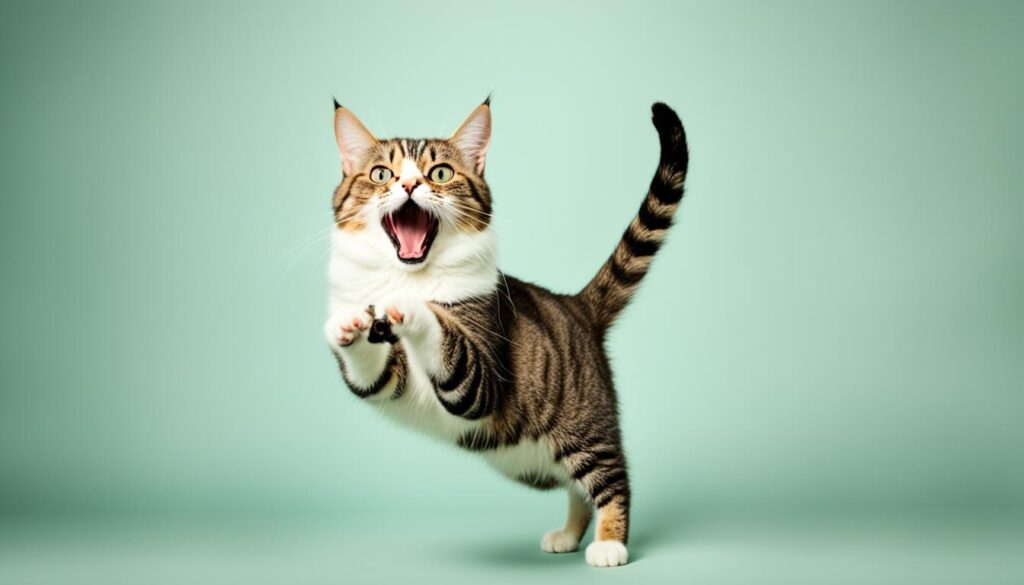
Cats are clever at figuring out what gets them attention from their owners, and licking can become a learned attention-seeking behavior. When a cat licks to get your attention, it’s their way of expressing their desire to interact and be close to you.
Whether it’s a gentle grooming lick or a persistent barrage of licks on your hand or face, your cat’s attention-seeking behavior through licking is a clear indication that they crave your time and affection. By engaging in this behavior, they are actively seeking interaction and connection.
It’s important to note that attention-seeking licks may vary in intensity and duration. Some cats may lightly lick their owners to initiate playtime or to simply show affection, while others may persistently lick to demand attention.
Types of Attention-Seeking Licks
There are different types of attention-seeking licks that cats employ:
- Soft and gentle licks: These licks are typically light and delicate, and they serve as a way for cats to connect with their owners in a subtle and affectionate manner.
- Insistent licks: Cats that engage in insistent licks often do so with determination, repeatedly licking their owners in a persistent manner to demand attention. This behavior is often accompanied by meowing or pawing.
- Targeted licks: In some cases, cats may focus their licks on specific areas of their owners’ bodies, such as the hands or face. This targeted licking is a strategic attempt to catch attention and establish a deeper connection.
Understanding your cat’s attention-seeking behavior through licking is crucial for addressing their social and emotional needs. By responding affectionately to their licks and providing quality attention and playtime, you can strengthen the bond between you and your feline friend.
| Type of Lick | Description |
|---|---|
| Soft and gentle licks | Light and delicate licks that establish a subtle bond and show affection. |
| Insistent licks | Persistent licks accompanied by meowing or pawing to demand attention and interaction. |
| Targeted licks | Licks focused on specific areas of the owner’s body to catch attention and establish a deeper connection. |
Licking as a Comfort-Seeking Behavior
For cats, licking serves not only as a grooming habit but also as a means of finding comfort. This behavior becomes particularly important for cats that were weaned away from their mothers too early. Licking recreates the soothing sensations of nursing and grooming, providing a sense of security and reassurance.
When cats lick themselves or their owners, they engage in a comforting ritual that mimics their early experiences with their mother’s care. The repetitive motion and gentle contact trigger feelings of relaxation and well-being, helping cats cope with stress and anxiety.
This self-soothing behavior can also release endorphins, which act as natural stress relievers for cats. Additionally, the repetitive action of licking can serve as a distraction from other sources of discomfort or fear, further enhancing the cat’s sense of security.
While licking can be a source of comfort for cats, it is important to be mindful of excessive licking. If your cat is excessively licking certain areas of their body, it may indicate an underlying health issue or discomfort that requires veterinary attention.
Understanding the comfort-seeking aspect of licking behavior helps cat owners provide a nurturing and supportive environment for their feline companions. By recognizing when their cats need comfort and soothing, owners can respond with gentle interaction and provide a safe space for their cats to find solace.
Differentiating Comfort-Seeking Licks from Other Licking Behaviors
It’s crucial to distinguish between comfort-seeking licks and other licking behaviors to ensure the well-being of your cat. Some common signs of comfort-seeking licks include:
- Relaxed body posture during licking
- Slow and gentle licking motions
- Purring or contented behavior while licking
- Seeking physical contact before or after licking sessions
By paying attention to your cat’s body language and behavior, you can differentiate between comfort-seeking licks and other types of licking, such as grooming or attention-seeking licks. This understanding will enable you to respond appropriately and provide the comfort and support your cat needs.
| Licking Behavior | Description |
|---|---|
| Comfort-Seeking Licks | Slow, gentle licking; relaxed body posture; purring or contented behavior |
| Grooming Licks | Rapid, thorough licking; focused on self-grooming or grooming other cats |
| Attention-Seeking Licks | Vigorous, persistent licking; seeking interaction or response from owners |
Licking for Taste Preferences
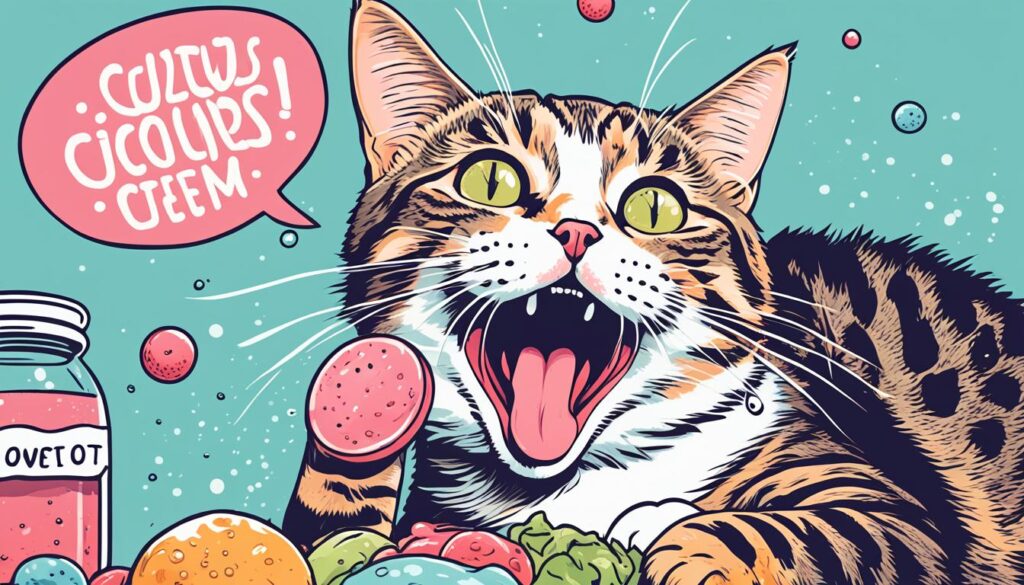
Cats have an incredible sense of taste, and their licking behavior provides a window into their flavor preferences. When cats lick their owners’ skin, it can be a pleasurable experience for them if they find the taste appealing. This behavior not only reflects their individual taste preferences but can also carry deeper meanings, such as affection or territorial marking.
Just like humans have different food preferences, cats have their own unique taste preferences as well. Some cats may enjoy the salty taste of human skin, while others may prefer the taste of lotions or oils that their owners use. By licking, cats are able to explore various flavors and textures, enriching their sensory experiences.
It’s important to note that taste preferences can vary among cats. One cat may find a particular taste enjoyable, while another may not share the same preference. Cats also have different sensitivities to certain flavors, so what may be appealing to one cat may not be to another.
A cat’s taste preferences can be influenced by factors such as their diet, environment, and previous experiences. For example, a cat that has been exposed to certain flavors during their early development stages may develop a liking for those tastes in the future. Similarly, a cat’s taste preferences may change over time due to aging, health conditions, or other factors.
When a cat licks their owner’s skin, it can serve as a form of communication and bonding. Cats use their sense of taste to gather information about their environment, including the scents and tastes of their loved ones. Licking can be a way for cats to connect with their owners on a deeper level and express their affection.
Understanding your Cat’s Taste Preferences
Observing your cat’s licking behavior can provide valuable insights into their taste preferences. Pay attention to the areas of your body that your cat licks the most, as this can give you an indication of their favorite tastes. For example, if your cat frequently licks your hands after you’ve applied a certain lotion, it may be a sign that they enjoy the scent and taste of that particular product.
Additionally, you can experiment with different flavors and textures to see which ones your cat responds positively to. Offer your cat small tastes of different foods or treats and observe their reaction. By catering to their taste preferences, you can enhance their enjoyment and strengthen your bond.
It’s important to note that while licking for taste preferences is a natural behavior, it should be done in moderation. Excessive licking can lead to skin irritation or other health issues. If you notice your cat excessively licking their own skin or yours, it’s advisable to consult with a veterinarian to rule out any underlying health problems.
Understanding and appreciating your cat’s taste preferences can deepen your connection with them and enrich their daily experiences. By providing them with tastes they enjoy, you can create a positive and fulfilling environment for your feline companion.
Licking as an Indicator of Anxiety
Excessive licking in cats can sometimes be a manifestation of anxiety or stress. Just like humans engage in repetitive habits like nail-biting, cats may resort to licking as a self-soothing mechanism when they are feeling anxious. Observing this behavior as a potential indicator of anxiety is crucial for cat owners to provide the necessary support and create a calming environment for their feline companions.
Recognizing Anxiety-Related Licking
Monitoring your cat’s licking behavior is essential to identify when it becomes excessive or compulsive, suggesting underlying anxiety. Some indicators to watch out for include:
- Frequent and prolonged licking sessions
- Licking to the point of hair loss or skin irritation
- Licking specific areas obsessively, such as the paws or abdomen
These behavioral patterns signify that your cat may be using licking as a coping mechanism to alleviate anxiety or stress.
Causes of Anxiety in Cats
Understanding the potential causes of anxiety in cats can help pinpoint the triggers that lead to excessive licking. Some common reasons for feline anxiety include:
- Changes in the environment, such as moving to a new home or introducing new pets
- Loud noises, like thunderstorms or fireworks
- Separation anxiety when left alone for extended periods
- Medical conditions or chronic pain
Identifying the underlying cause is essential for creating a suitable plan to reduce your cat’s anxiety and prevent further compulsive licking.
Providing Support for Anxious Cats
When dealing with anxiety-related licking behavior, it is important to seek guidance from a veterinarian or professional animal behaviorist. They can help diagnose the underlying anxiety and recommend appropriate interventions. Some strategies to support anxious cats include:
- Creating a calm and safe environment with designated hiding spots
- Providing interactive toys and mental stimulation
- Implementing a consistent daily routine
- Using pheromone diffusers or calming sprays
Remember, each cat is unique, and finding the most effective approach may require patience and trial-and-error. With proper care and attention, you can help reduce anxiety and alleviate excessive licking behavior in your beloved feline companion.
| Signs of Anxiety-Related Licking | Potential Causes of Anxiety | Support for Anxious Cats |
|---|---|---|
| Frequent and prolonged licking sessions | Changes in the environment | Creating a calm and safe environment |
| Licking to the point of hair loss or skin irritation | Loud noises | Providing interactive toys and mental stimulation |
| Licking specific areas obsessively, such as the paws or abdomen | Separation anxiety | Implementing a consistent daily routine |
| Medical conditions or chronic pain | Using pheromone diffusers or calming sprays |
Conclusion
Understanding cat communication and decoding cat licking behavior is a fascinating journey that uncovers the mysteries behind our feline friends’ affectionate gestures. By observing their body language, we can decipher the subtle cues and decipher the intricate ways they express their emotions.
Exploring the significance of scent in licking behavior reveals the depth of the bond between cats and their human companions. The transfer of pheromones through licking not only marks territory but also strengthens the unique connection between cats and their owners.
As cat owners, we can deepen our understanding of our furry companions by recognizing the various motivations behind their licking behavior. From seeking social bonding and comfort to fulfilling taste preferences, each lick holds a deeper meaning that enhances the special relationship between humans and cats. By delving into the world of cat communication and decoding their licking behavior, we can cultivate a stronger bond and enrich our lives with the love and affection of these enigmatic creatures.
FAQ
Why do cats lick their owners?
What are the physical benefits of licking for cats?
How does licking serve as a form of social bonding?
What is the significance of scent in licking behavior?
Does a cat’s diet affect their grooming habits?
How can changes in licking behavior indicate a cat’s health issues?
Why do cats lick to seek attention?
Can licking be a comfort-seeking behavior for cats?
Do cats lick for taste preferences?
Can excessive licking indicate anxiety in cats?
Why is it important to understand cat licking behavior?
References
| International Cat Association (TICA) | https://www.tica.org/ |
| The Cat Fanciers’ Association (CFA) | https://cfa.org/ |
| World Cat Federation (WCF) | https://www.wcf-online.de/ |
| Fédération Internationale Féline (FIFe) | https://www.fifeweb.org/ |

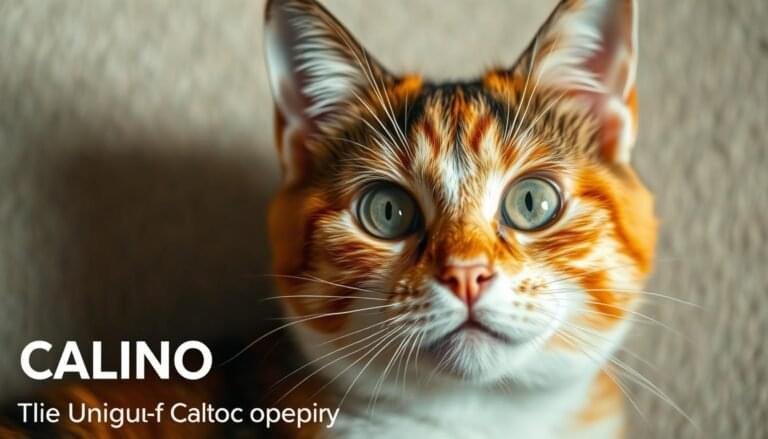
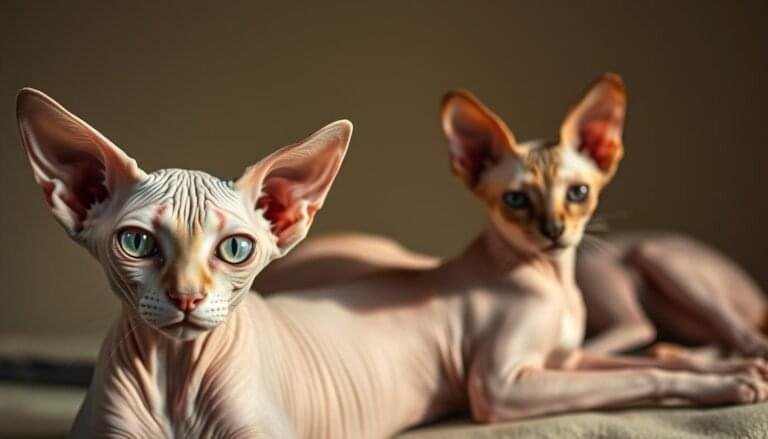
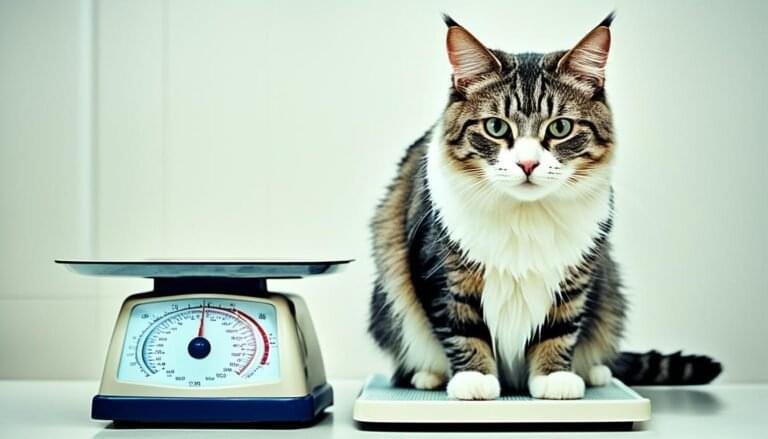




[…] removal of the affected thyroid gland is another treatment option for hyperthyroidism in cats. This procedure, known as surgical thyroidectomy, can provide a long-term or permanent cure […]
[…] high blood sugar. This comprehensive approach helps veterinarians pinpoint the specific condition affecting the cat and develop an effective treatment plan […]
[…] Cat tail movements are a crucial aspect of feline body language. Understanding the various meanings behind these movements can provide valuable insights into your cat’s emotions and intentions. By decoding cat tail wagging, you can better communicate and connect with your furry companion. […]
[…] is a protein that is primarily found in a cat’s saliva and sebaceous glands. During grooming, cats spread this protein onto their fur when they lick themselves, which can then become airborne, leading to allergic reactions in sensitive […]
[…] their grooming routine extends to their paws and nails. As part of their natural grooming habits, cats lick their feet to remove dirt or debris and chew their nails to keep them clean. This behavior is […]